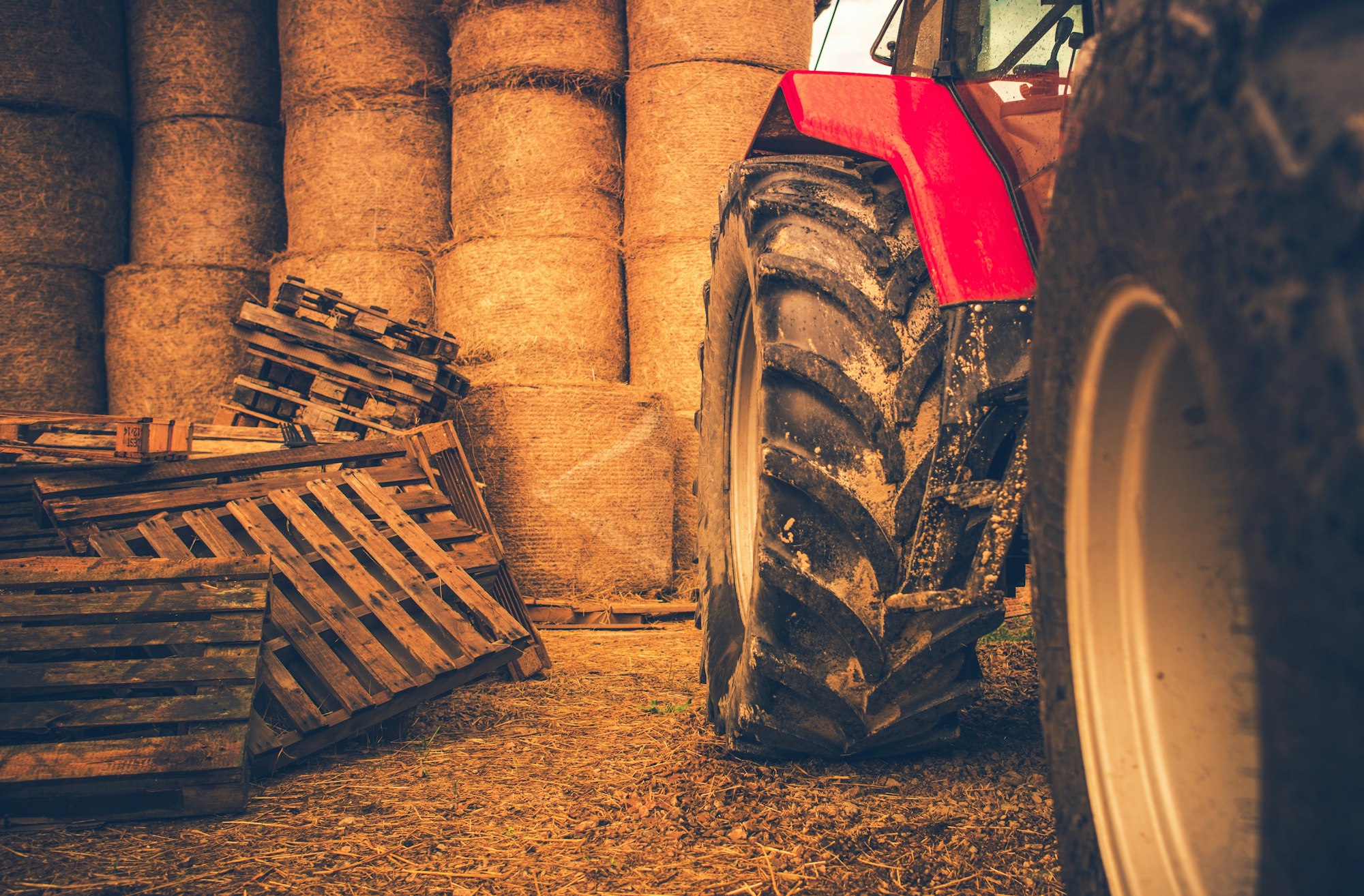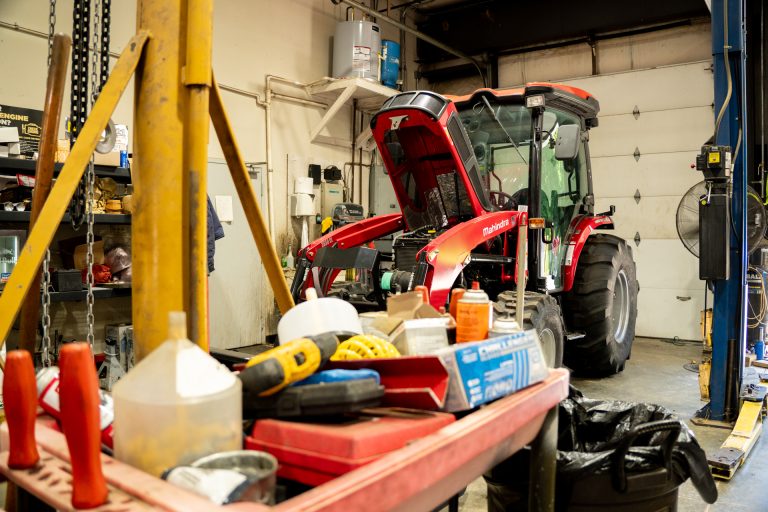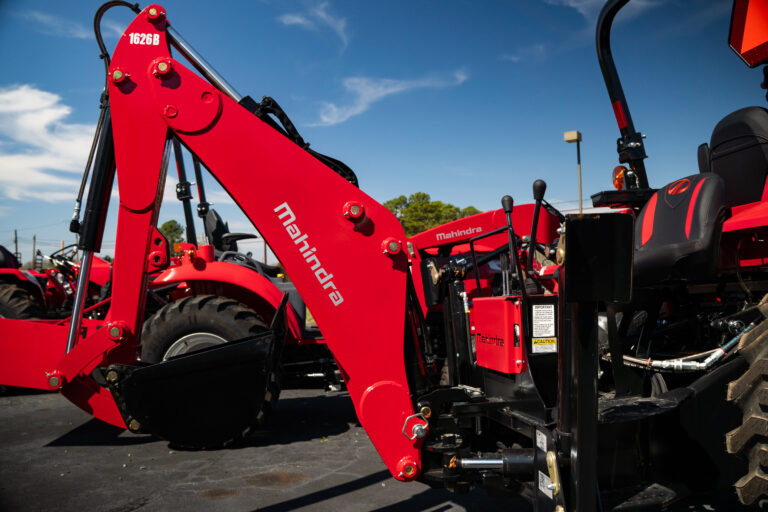Winterizing Your Farm Equipment: Essential Steps to Prepare for Cold Weather
As the temperatures drop and winter approaches, it’s crucial to prepare your farm equipment for the cold months ahead. Proper winterization ensures that your machinery stays in top shape, minimizing breakdowns and costly repairs. In this guide, we’ll walk you through the essential steps to winterize your farm equipment, so it’s ready to go when spring arrives.
1. Inspect and Clean All Equipment
Before putting your equipment away for the winter, give it a thorough inspection. Look for signs of wear, rust, or damage. Cleaning your machinery will remove dirt, debris, and moisture, which can lead to corrosion during storage. Be sure to:
- Clean the exterior with a high-pressure wash
- Remove any caked-on mud, grass, and crop residue
- Lubricate moving parts to prevent rust
2. Change the Oil and Fluids
Old oil can become thick and contaminated, which can harm your equipment in freezing temperatures. Before winter storage:
- Change the oil and replace the oil filter to keep the engine parts well-lubricated.
- Check hydraulic fluids and coolant levels, and top off or replace them as needed.
- Use winter-grade oils that perform better in cold temperatures if you plan to use the equipment periodically throughout the season.
3. Protect the Battery
Cold temperatures can be hard on batteries, causing them to lose charge more quickly. To keep your batteries in good condition:
- Disconnect the battery if the equipment won’t be in use for a few months.
- Store batteries in a warm, dry place and ensure they’re fully charged.
- Clean battery terminals to remove corrosion and use a battery maintainer to keep them at optimal charge if stored for a long period.
4. Check and Protect Tires
Cold weather can cause tires to lose air pressure, which can lead to flat spots and cracked sidewalls over time. To maintain tire health:
- Inflate tires to the recommended pressure, as they’ll naturally lose pressure in colder temperatures.
- Consider using tire covers if storing equipment outside to protect against snow and ice.
- For equipment stored in one place all winter, move it occasionally to prevent tires from sitting in one position and developing flat spots.
5. Fuel Stabilization
Leaving fuel in your equipment over the winter can lead to degradation and moisture buildup, which can harm the engine. To keep fuel fresh:
- Add a fuel stabilizer to both diesel and gasoline tanks.
- Run the engine for a few minutes after adding the stabilizer to circulate it through the system.
- Fill the fuel tank completely to reduce condensation buildup.
6. Store Equipment Properly
Where and how you store your equipment can make a big difference in its condition come springtime. Ideally:
- Store equipment in a dry, covered area to protect it from snow, rain, and freezing temperatures.
- For outdoor storage, cover machinery with weatherproof tarps to keep moisture out.
- Elevate smaller pieces of equipment off the ground to prevent moisture damage from snow or ice buildup.
7. Protect Hoses, Belts, and Seals
Cold weather can cause rubber parts like hoses, belts, and seals to crack and deteriorate, which can lead to leaks and reduced efficiency in the spring. To protect these parts:
- Check hoses and belts for any wear or cracks and replace them if necessary.
- Apply silicone spray to rubber seals to prevent them from drying out.
Final Thoughts
Winterizing your farm equipment is an essential task that saves time, money, and stress when spring arrives. With a few simple steps—cleaning, inspecting, maintaining fluids, and storing properly—you can ensure your machinery stays in excellent condition all winter long.
For more helpful tips and equipment maintenance advice, visit our blog at Elliott’s Auto & Equipment. Our expert team is here to help you keep your farm running smoothly year-round.




